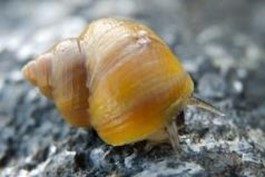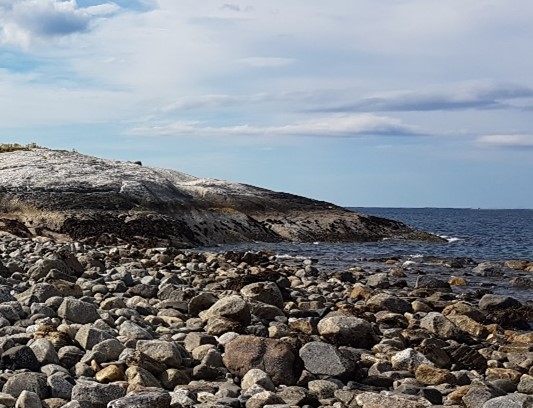Local adaptation and speciation in Littorina periwinkles
SNAIL°C – The genomic basis of temperature adaptation across space
Local adaptation and speciation in Littorina periwinkles
Littorina saxatilis periwinkles occur on rocky shores. In many locations, two distinct ecotypes of L. saxatilis have evolved – adapted either to wave-exposed or high-predation habitats. With genomic tools, we can ask about the genomic basis of this divergent adaptation. Because the two ecotypes are partially reproductively isolated, we can also use this system to better understand how new species evolve. Finally, because the ecotypes have evolved repeatedly in many geographical locations, we can test whether the genomic basis of adaptation is always similar (for example because adaptive alleles are shared via gene flow), or whether adaptation happens independently.


In Norway, we analyse whether similar ecotypes occur in the sister species L. arcana, how the different Littorina species and ecotypes are distributed across the shore, and how they are adapted to the steep temperature gradients on the rocky shores.
SNAIL°C – The genomic basis of temperature adaptation across space
How do organisms adapt to their local environment? This question is a main focus of evolutionary biology. It has become urgent in times of anthropogenic climate change, when populations that cannot adapt might go extinct. In this project, we address local adaptation in the marine snail Littorina saxatilis, a small, but common inhabitant of rocky shores. The species covers a wide range from warm (e.g. Spain) to cold waters (e.g. northern Norway). But even on individual shores, there is a temperature gradient from colder rocks (those more frequently submerged) to warmer ones (those usually in the air).
We study how snails adapted to warm environments differ from those adapted to cold environments, mainly at the genetic level. For example, we identify genes and genomic regions important for adaptation, analyse how gene expression responds to temperature, and measure how cold- and warm adapted snails differ in shape and behaviour. From our data, we can then infer whether populations harbour genetic variation that will facilitate evolutionary adaptation when the environment changes.
The methods we use include collections and experiments in the field, measurements and assays in the lab, theoretical approaches, and – mostly – bioinformatic and statistical analyses of large genomic datasets.
In many species, colour is known to be linked to temperature adaptation. In Littorina, the drivers of its fascinating colour variation are still a mystery that we are trying to solve, with the help of people across the world, in our Community Science project WinkleWatch.



Collaborators
Anja Westram
Ana Peris
Bingqian Han
Roger Butlin
Rui Faria
Kerstin Johannesson
Joost Raeymaekers
Prianka Rani Saha Roy